Destiny 2: Bungie 30th Anniversary Ability Changes Explained
Table of Contents
Learn about variable ability cooldowns and Super energy with this in-depth guide.
You Are Reading :Destiny 2 Bungie 30th Anniversary Ability Changes Explained
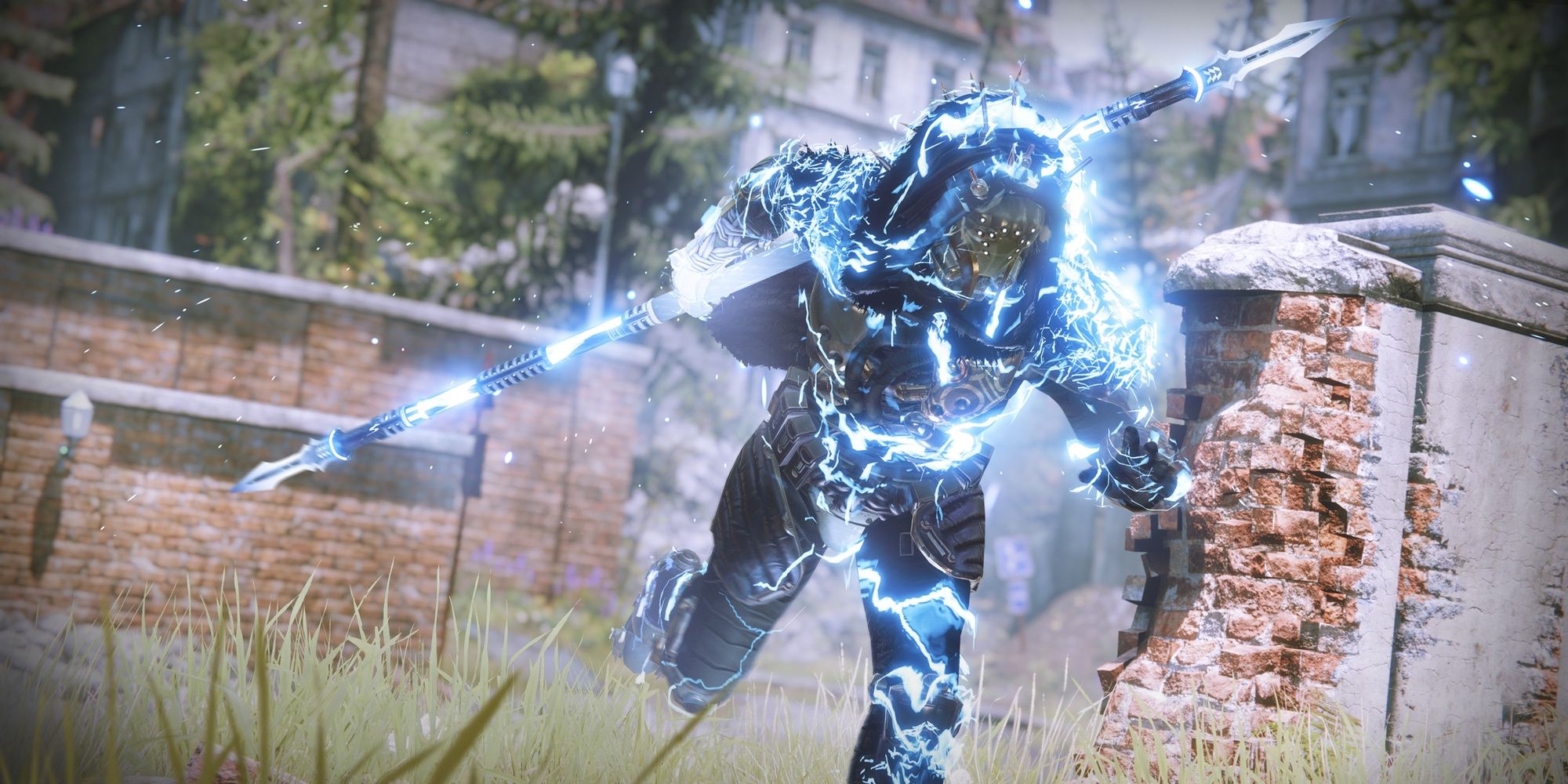
Quick Links
The Bungie 30th Anniversary Pack for Destiny 2 brought iconic weapons from past Bungie games, a fantastic dungeon, and arguably the largest sandbox patch Destiny 2 has seen since Forsaken. That sandbox patch is significant since it overhauls ability cooldowns, how players earn Super energy, and makes some radical PvP balance changes.
Many fans have been concerned that these changes could harm the power fantasy provided in PvE or ruin the clutch moments that make PvP special. Fortunately, these changes haven’t impacted PvE much at all and gave buildcrafting much more value inside the Crucible. This guide will go over the variable cooldown system, the new ways of earning Super energy, and showcase all ability cooldown changes added in this patch.
What Are Variable Ability Cooldowns?
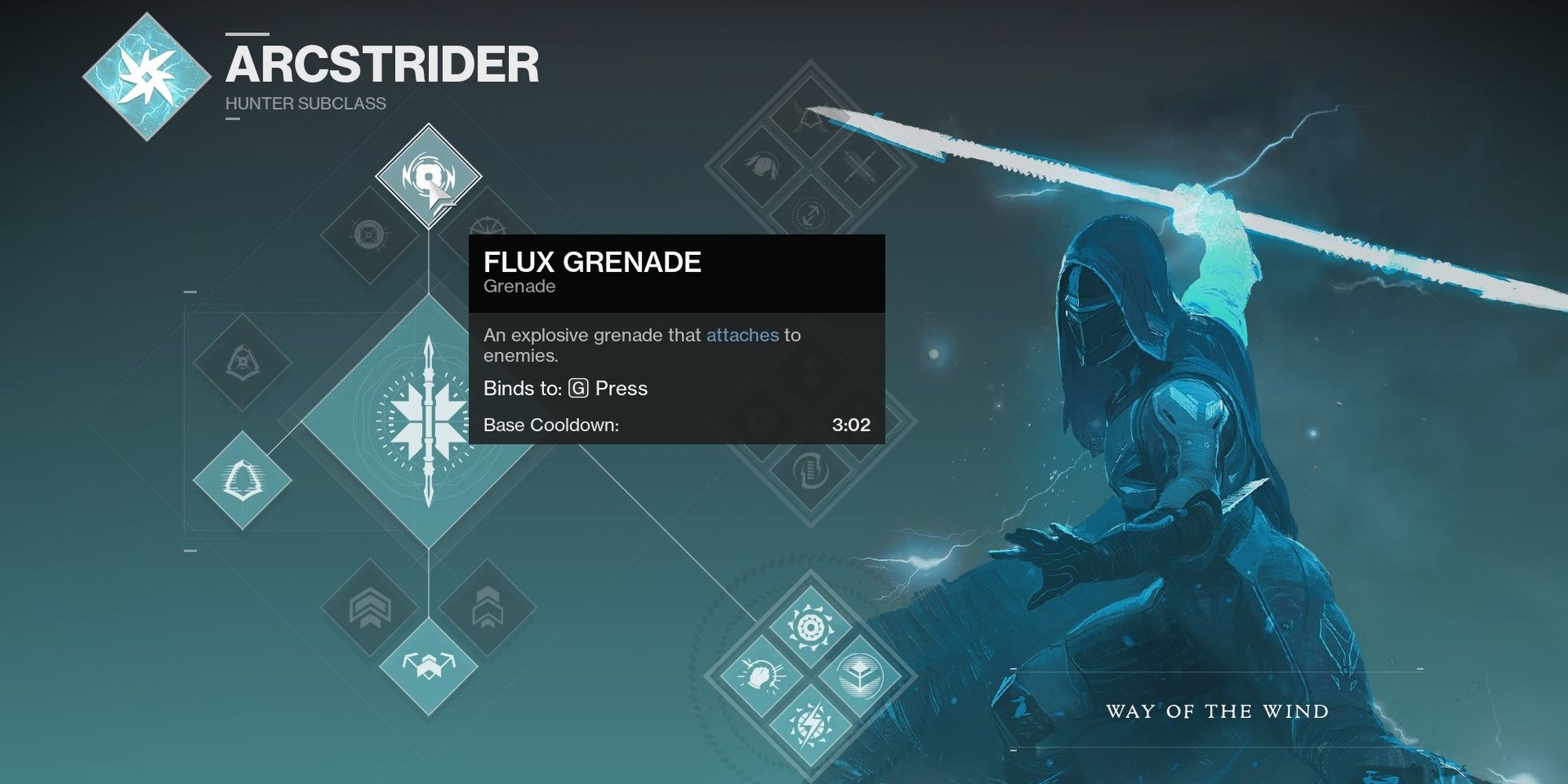
The Bungie 30th Anniversary Pack came with an update that has fundamentally overhauled the ability sandbox. In essence, every ability in Destiny 2 now has a unique cooldown. Supers, grenades, and melee abilities are now tuned separately by Bungie. For example, before this patch was released, every Light subclass grenade recharged in 33 seconds at 100 Discipline. After this patch was released, grenade cooldowns range from 24 seconds to three minutes at the same Discipline level.
Consequently, quite a few abilities saw some damage and even mechanical tweaks with this patch. Some notable examples include:
- Flux Grenades now one-shot Guardians but recharge significantly slower.
- Firebolt and Duskfield grenades now have a base cooldown rate of one minute.
- Combination Blow now recharges in 12 seconds.
- Supers take over twice as long to passively earn as they used to.
These changes aren’t inherently a nerf. Quite a few abilities actually saw buffs with the 30th Anniversary. For instance, every grenade saw at least a 15% damage buff in PvE with this update, and Supers generally recharge faster in PvE than they did pre-patch due to some Super regen changes that were also released with this update.
Return to Quick Links
Gaining Super Energy
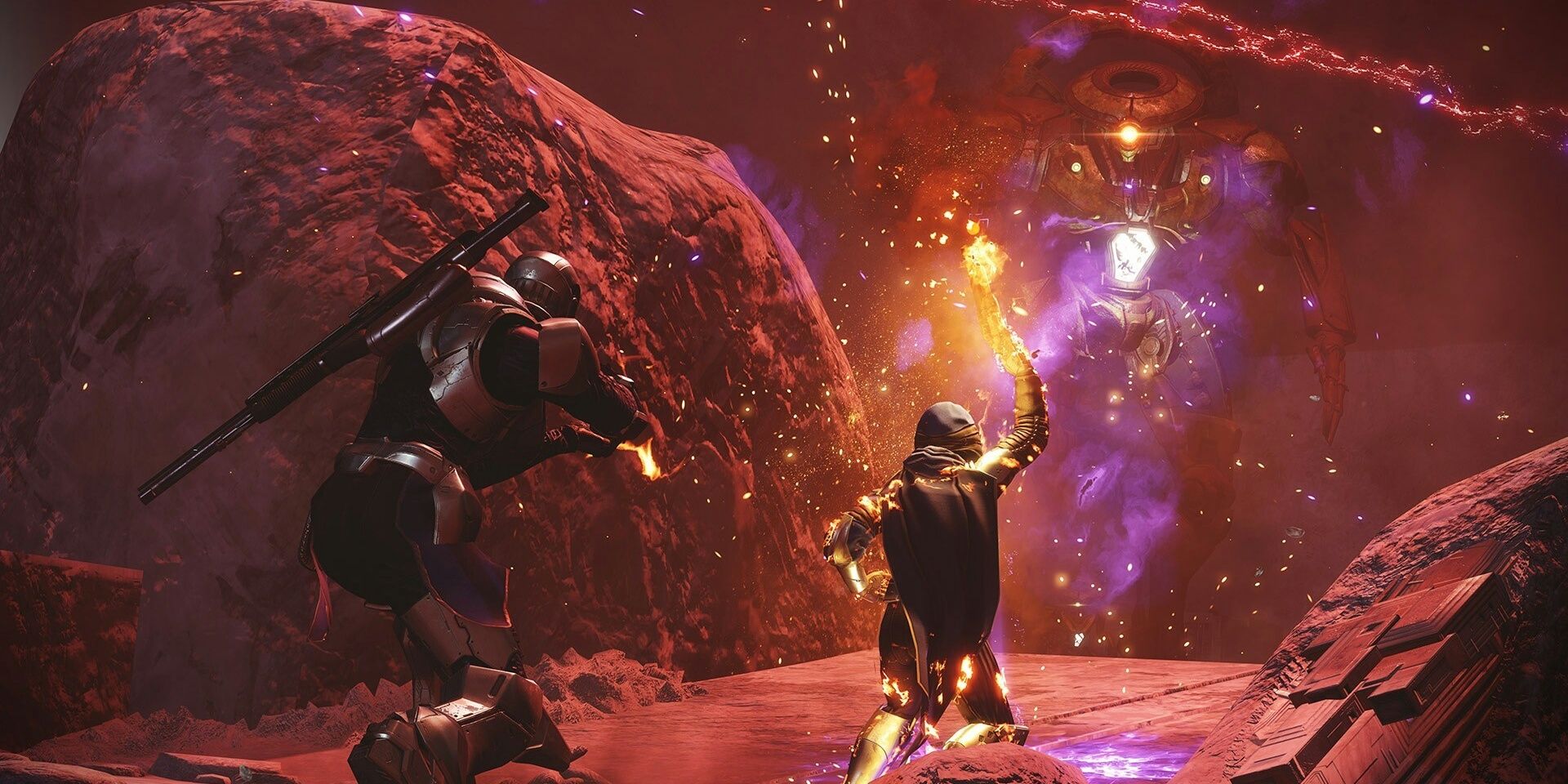
Bungie has added new ways for players to get Super energy with the 30th Anniversary Pack. Previously, Super energy was earned passively—the rate of which was determined by your Intellect stat—and could be accelerated by killing enemies and grabbing Orbs of Power.
Those three sources are still present, but Bungie added two more: taking and receiving damage. Whenever you damage a target or receive damage, both in PvE and PvP, you’ll receive a small sliver of Super energy. The amount of energy you get varies on quite a few factors we’ll get into momentarily, but the gist is you earn your Super about as quick as you did pre-patch if you actively fight combatants. Passive Super regen has been significantly nerfed as a result of this, meaning PvP players can’t camp for a few rounds of Survival or Trials of Osiris to get their Super. If you want to use your Super, you’ll need to fight for it.
Return to Quick Links
Dealing Damage
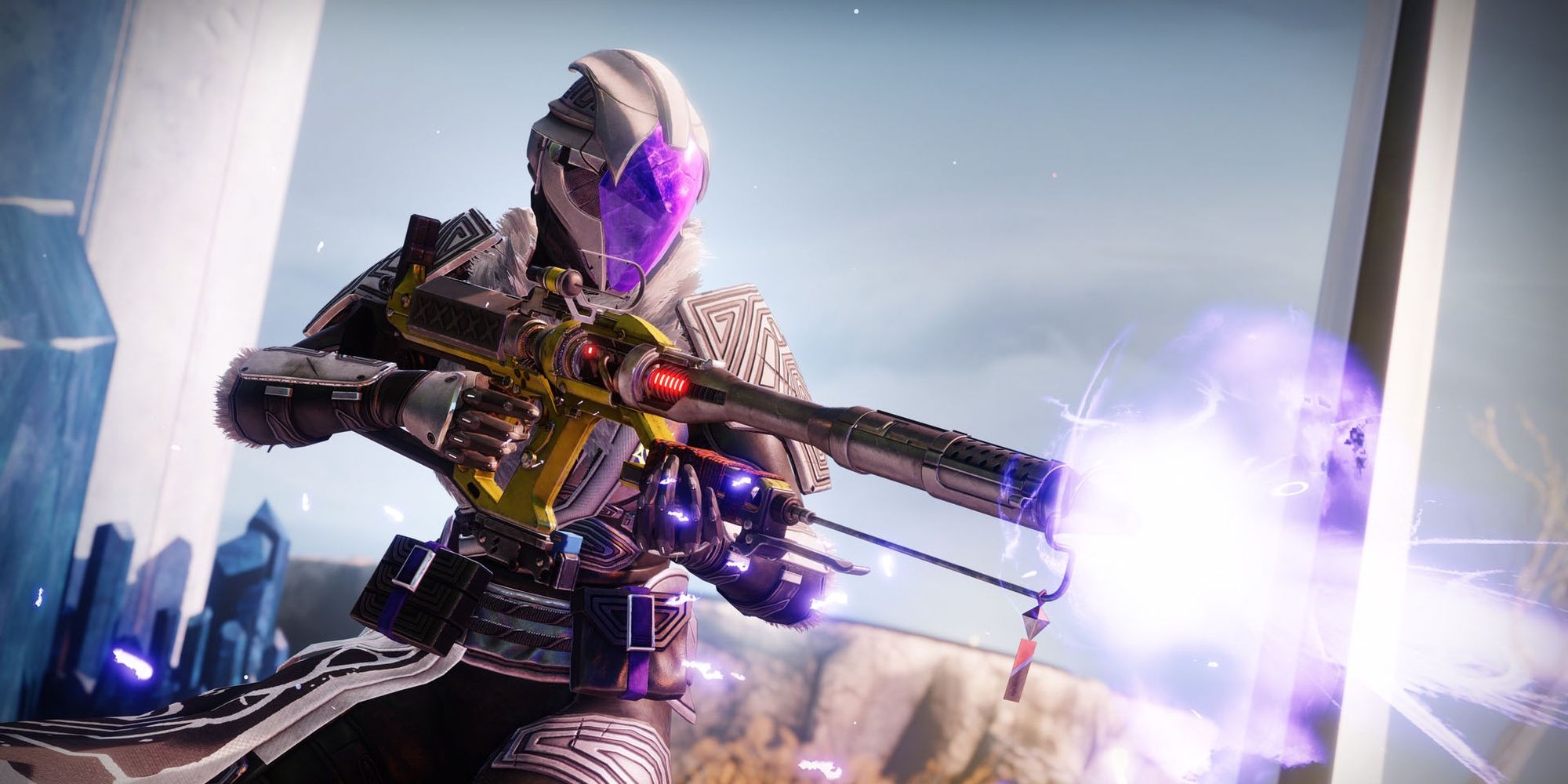
Excluding damage-over-time effects like Thorn, all sources of damage from your Guardian will grant a small chunk of Super energy. The amount of energy gained per second seems to depend on four factors:
Almost every Primary weapon generates around 0.25% Super energy on hit, rapid-fire weapons generating a little less. Bows generate a little more per shot. With that said, rapid-fire Primaries like SMGs and Auto Rifles seem to generate Super energy a little quicker each second than Hand Cannons or other slow RPM weapons. Bows generate very little Super energy per second due to their low rate of fire, although Archer’s Tempo helps mitigate this issue.
Special and Heavy weapons give about 0.5% Super energy per hit, excluding Trace Rifles which seemed to be tuned as if they were a Primary archetype. Rocket Launchers and Particle Deconstruction Linear Fusion Rifles give closer to 1% Super energy on hit. Fusion Rifles and Machine Guns generate the most Super energy per second than other weapons, even Trace Rifles.
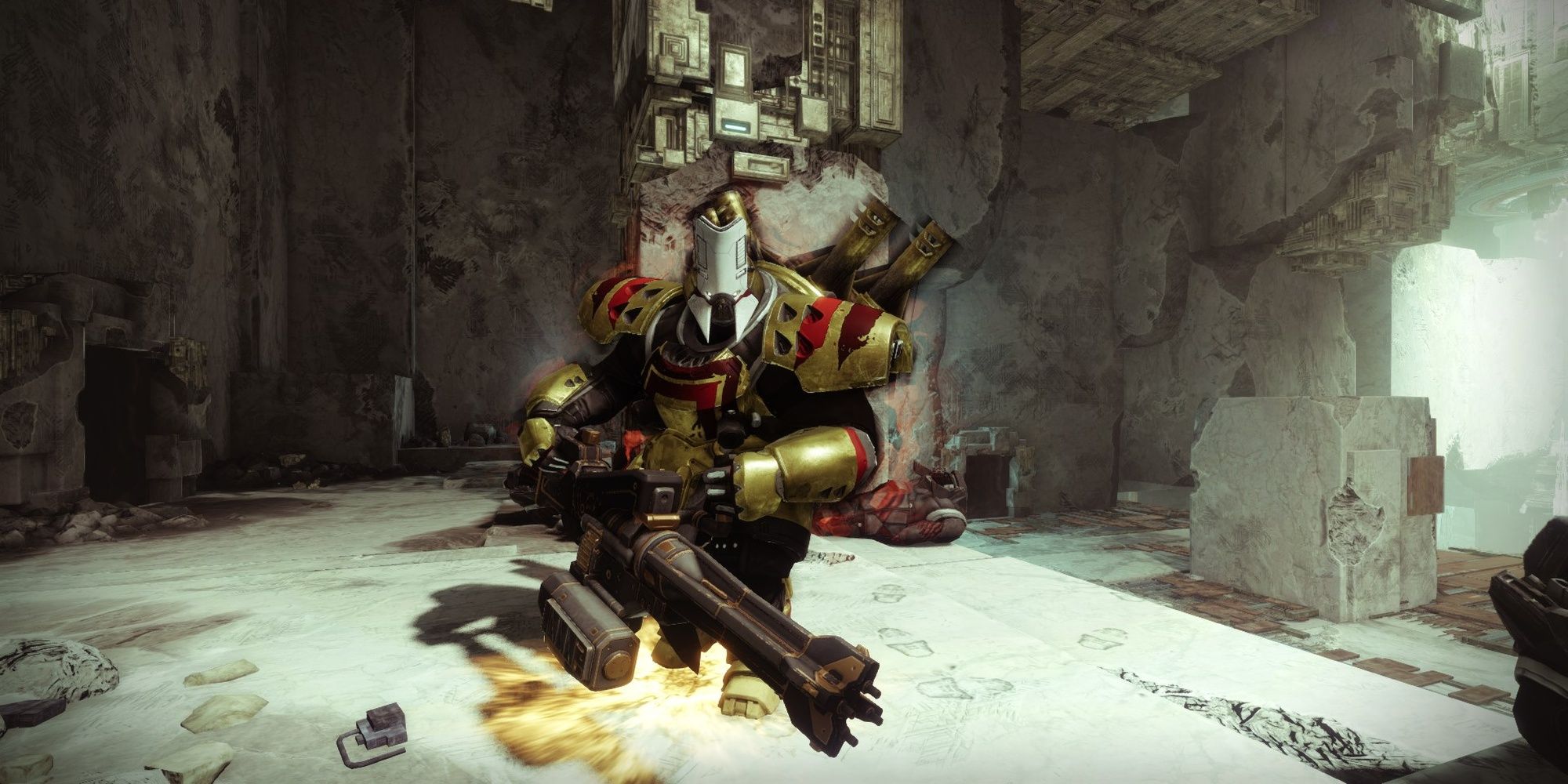
Even with those numbers, the amount of damage you inflict will impact the Super energy gained. It’s difficult to get exact numbers, but it seems that massive damage multipliers will drastically improve how much Super you gain. The best examples of this are Crimson with Lucky Pants and The Fourth Horseman. Using Crimson with Lucky Pants on The Conflux Lost Sector’s boss (known by most as “Carl”), the first few bursts give what you’d expect: about 1% Super energy per second. However, when Lucky Pants gets its 600% damage buff, the Super energy per second shoots up to 4-5%. The Fourth Horseman also shares this behavior, granting double the Super energy on its final two shots since they deal around 100% more damage.
Those findings might make high-damage, single-shot weapons like Izanagi’s Burden sound appealing, yet there are two more factors at play:
Izanagi’s Burden generates more Super per second with four shots than it does with a single x4 Honed Edge round, even though the Honed Edge round deals substantially more damage. It seems that this Super-generating system is looking for consistent damage as well, not just one instance of lethal damage. Finally, the target you’re attacking does impact how much Super is regenerated. Tougher enemies with more HP allow you to damage them for a longer period, allowing you to gain much more Super energy. Overkill damage does not grant additional Super energy; using a Honed Edge shot on a red bar won’t give you much Super from the damage itself.
Overall, you’ll get the most Super energy per second by using high damage, sustained DPS options. Burst DPS weapons like The Fourth Horseman can grant a decent chunk of Super energy as well, provided you find a target that can survive that much punishment. Some weapon recommendations we’ll give are:
- Any Hand Cannon with Lucky Pants – The 600% damage multiplier helps Hand Cannon Super generation. Last Word, Crimson, and Malfeasance are good options.
- One Thousand Voices – The rapid ticks of damage, paired with the 40% debuff from Particle Deconstruction, make 1K excellent for generating Super energy.
- Rapid-Fire Fusion Rifles – Each bolt seems to give Super energy. Since these fire the fastest and have the most bolts, Rapid-Fire Fusions offer the most ammo-efficient Super gains for the Special slot.
- Machine Guns – These give an immense amount of Super energy when used right, especially in PvP.
Return to Quick Links
Taking Damage
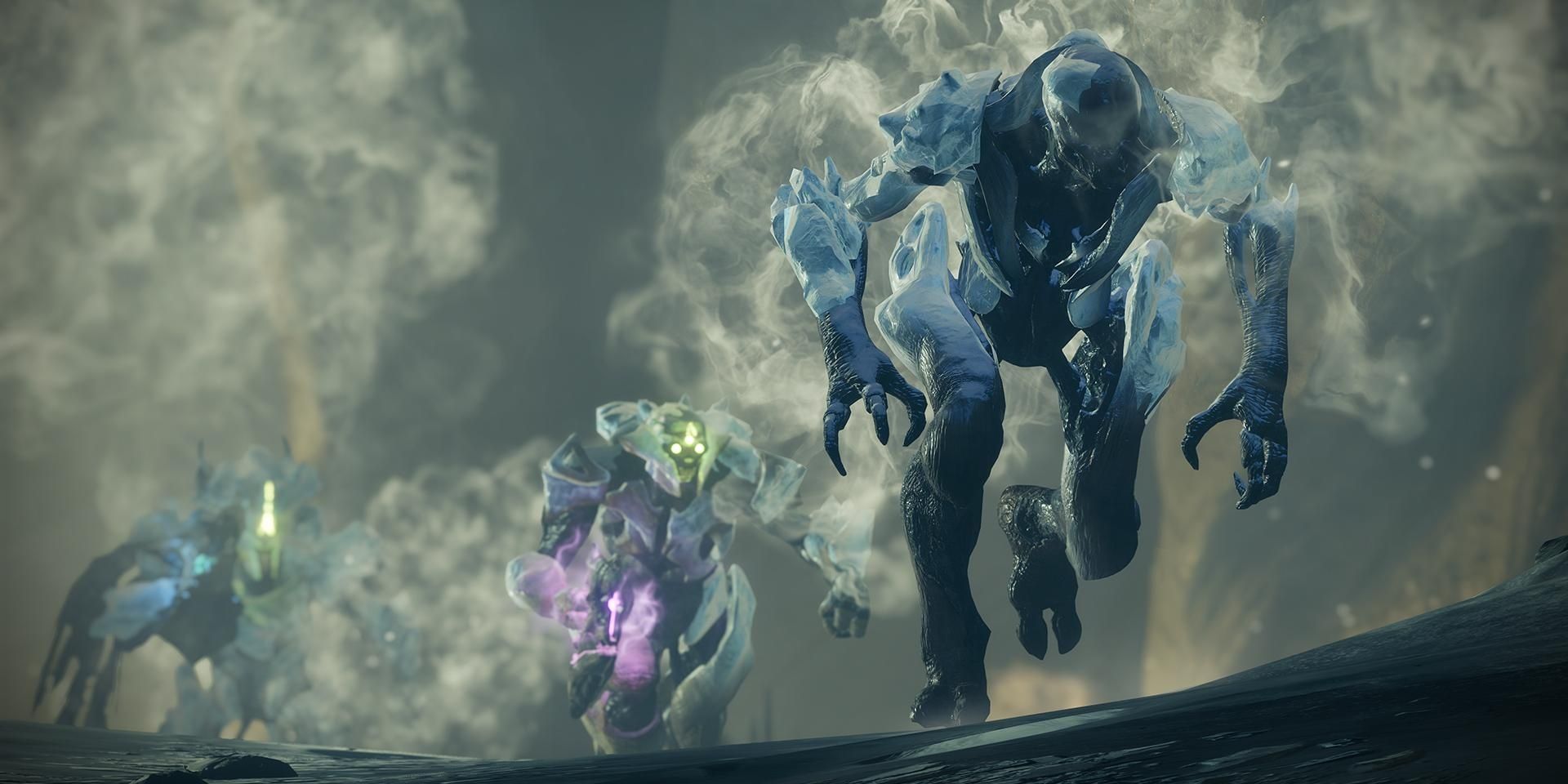
Fortunately, the correlation between Super energy and damage received is much simpler. The magnitude of damage you receive determines how much Super energy you get. The harder the hit is, the more energy you’ll get. Small hits, such as a Thrall’s melee attack, give a sliver of Super energy (0.25% or so). Harder-hitting attacks scale to around 0.5% or 1% of your Super.
With that said, overshields completely disable this mechanic. If you have any overshields active—even a sliver from Whisper of Rime—you won’t gain any Super energy from taking damage. Should your overshield break from enemy fire, you’ll need to wait for your shields to fully recharge before this mechanic works again. Having your overshield dissipate without taking excess damage will reenable Super gains from damage received.
Return to Quick Links
Orbs Of Power
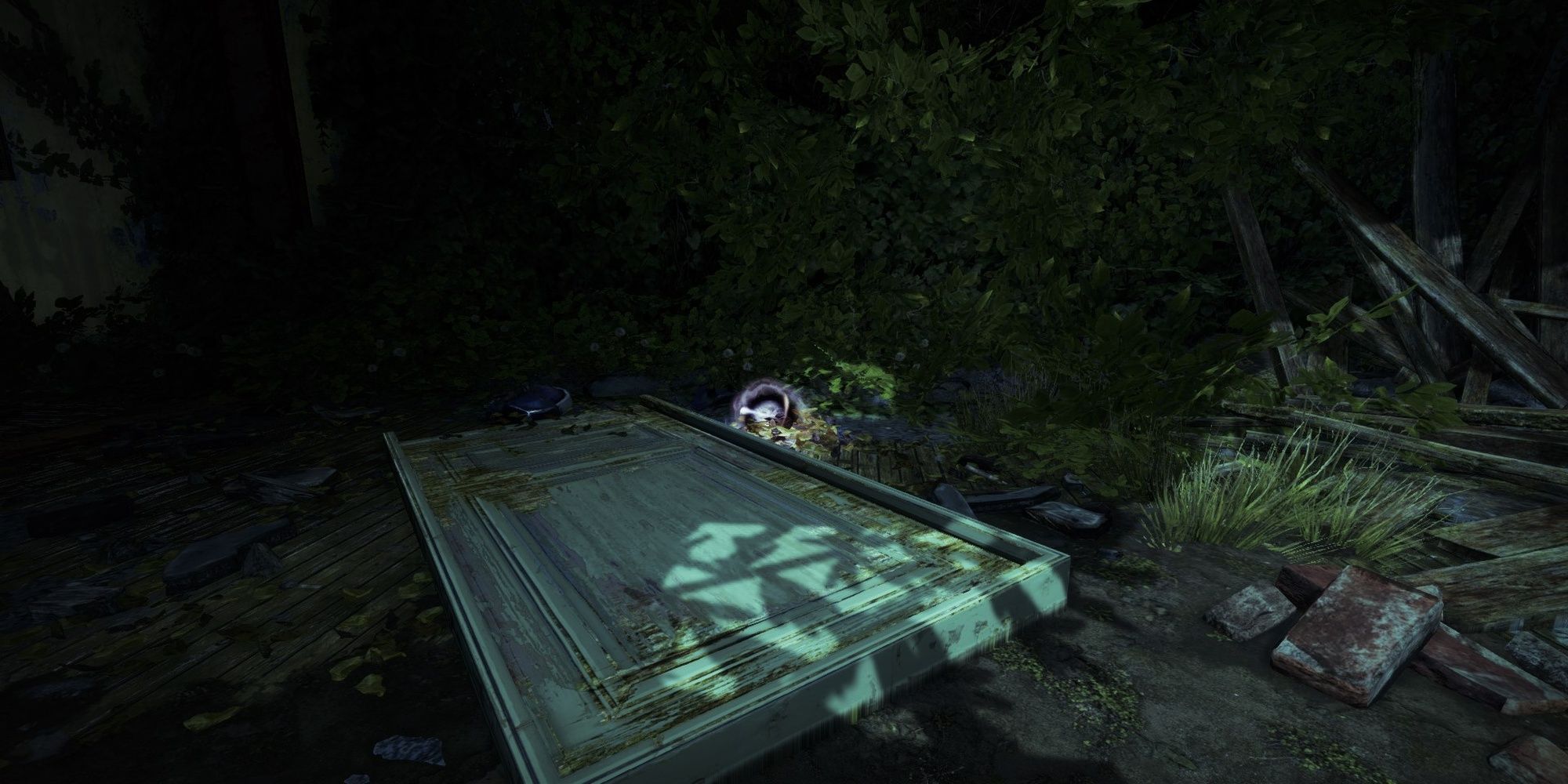
Orbs of Power haven’t changed with this patch. Masterwork Orbs of Power or those generated from armor mods grant 2.5% Super energy each. Orbs of Power generated from Supers give 7.143% each (source). Intellect has no impact on the energy gained from an Orb of Power.
Return to Quick Links
Super Energy From Kills And Assists
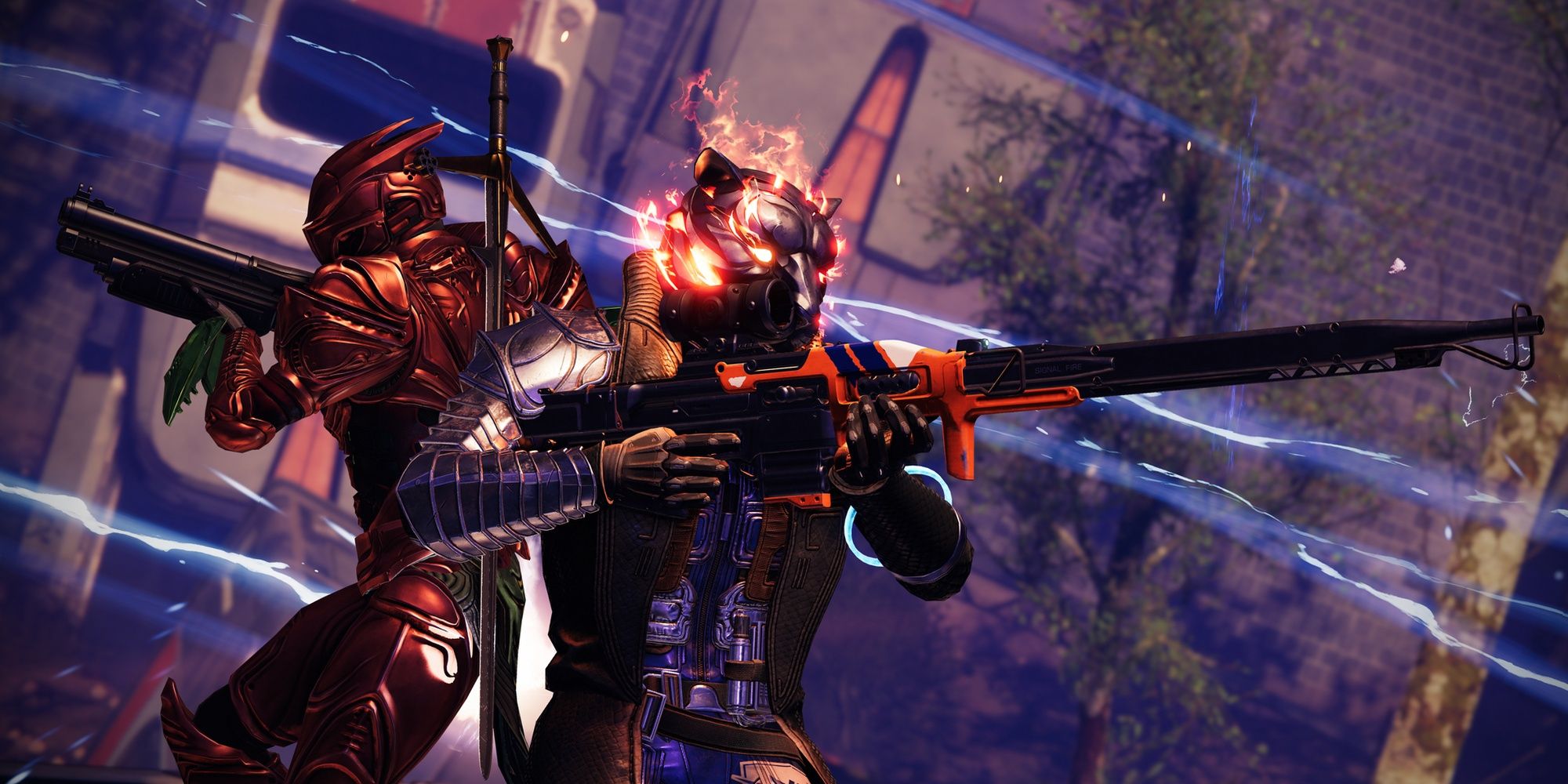
Super energy is also granted upon killing a target. Like Orbs of Power, these values haven’t changed with the 30th Anniversary Pack. For those unaware, kills and assists grant the following Super energy (source):
Return to Quick Links
Intellect
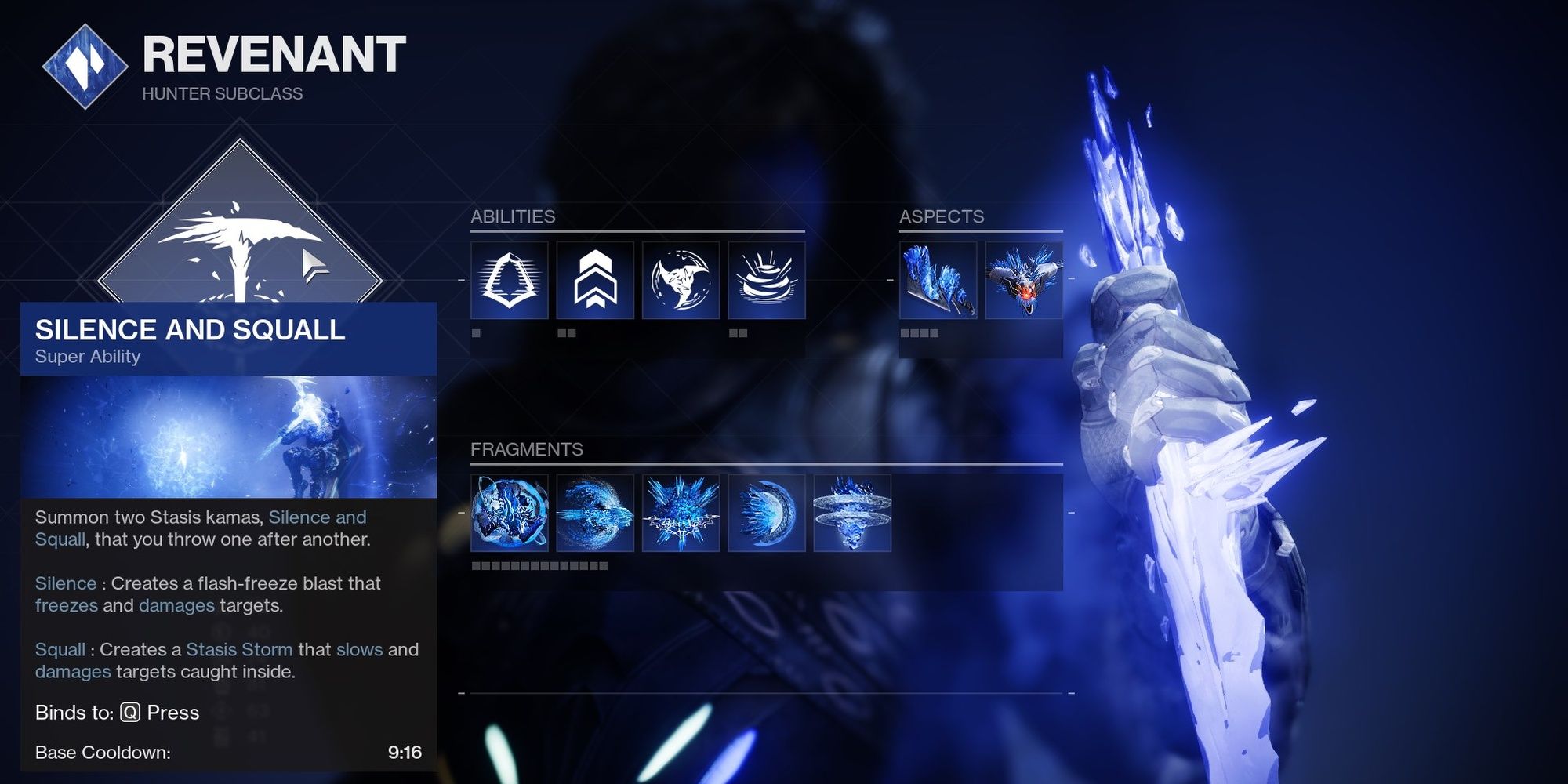
Passive Supers cooldowns have been heavily nerfed in this patch, taking two or three times longer to recharge than they did before. The Super energy gained from dealing and receiving damage has mitigated this almost entirely, arguably making Supers faster to earn in PvE. Intellect has no impact on the Super energy received from taking damage, dealing damage, killing enemies, or grabbing Orbs of Power. Specific cooldowns for each Super can be found here.
Return to Quick Links
Notable Ability Changes
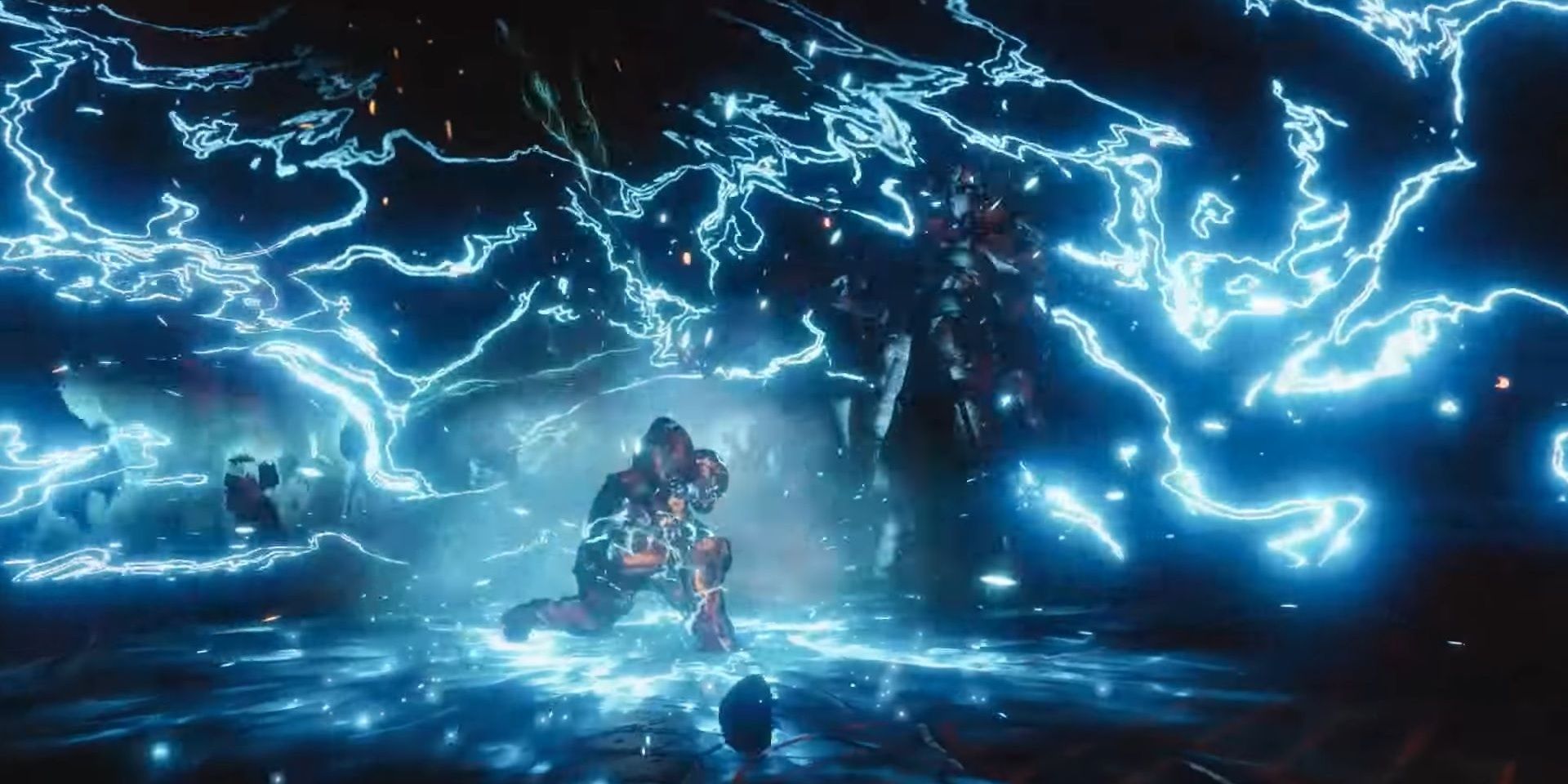
Ability cooldowns still work the same as before, although the base cooldown rates of each ability have been tuned. In general, most abilities take slightly longer to recharge now and had their lethality reduced in PvP. Additionally, some grenade and melee abilities saw some significant reworks. We’ll cover the most notable changes. If you want to view every ability change, read the update 3.4.0 patch notes on bungie.net.
Notable Grenade Changes
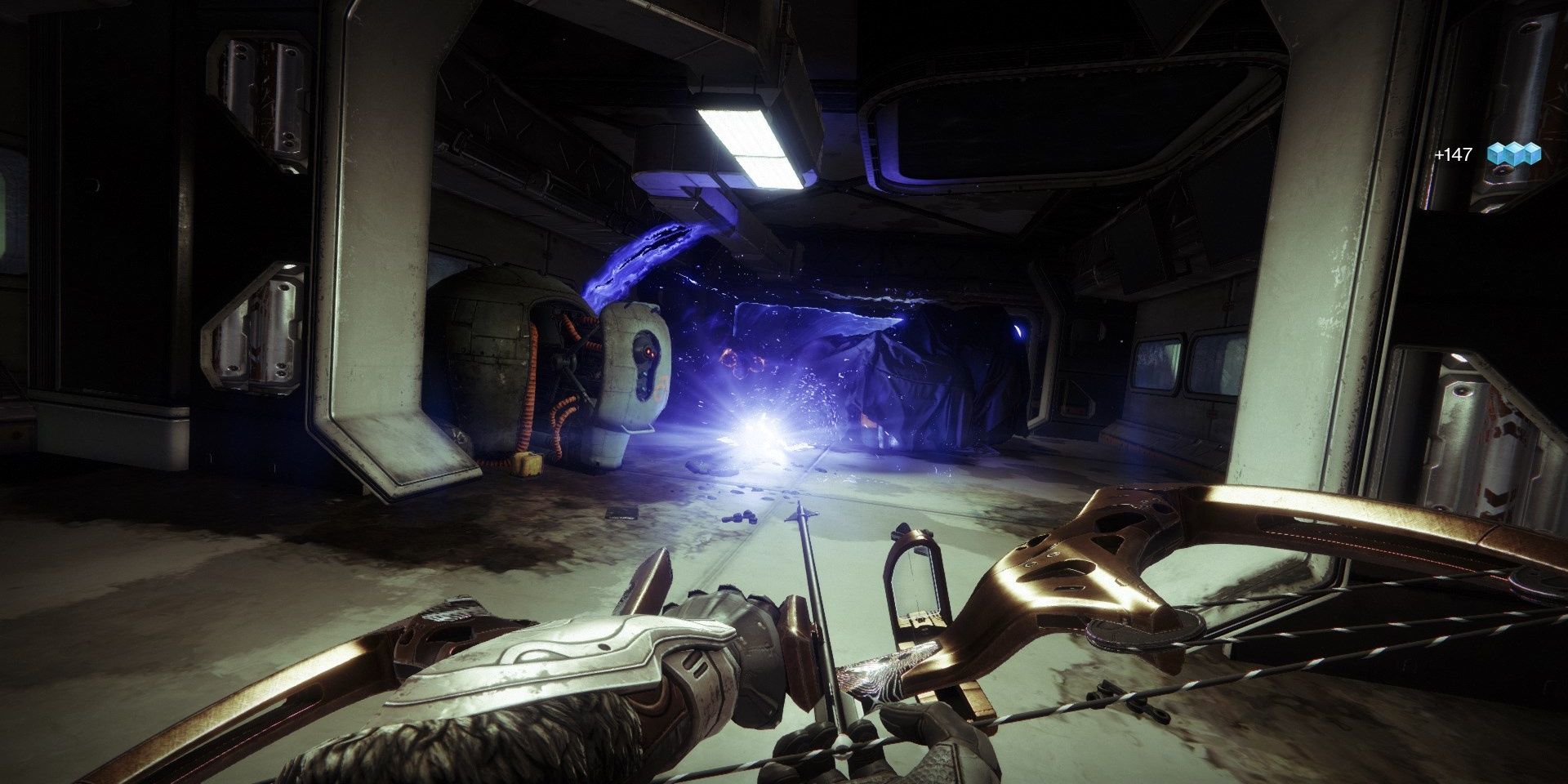
- All grenades saw a 15% damage buff in PvE.
- Flux Grenades can now one-shot in PvP but have a much longer cooldown and no longer magnetize to enemies.
- Duskfield and Firebolt Grenades now have 64-second base cooldowns, the lowest of all grenades.
- Duskfield Grenades no longer pull enemies when created.
- Glacier Grenades can now only one-shot in PvP if the player is at the very epicenter of the crystal formation before detonation.
- Magnetize Grenades are significantly easier to use now and always detonate twice.
- Handheld Supernova no longer one-shots in PvP.
Return to Quick Links
Notable Melee Ability Changes
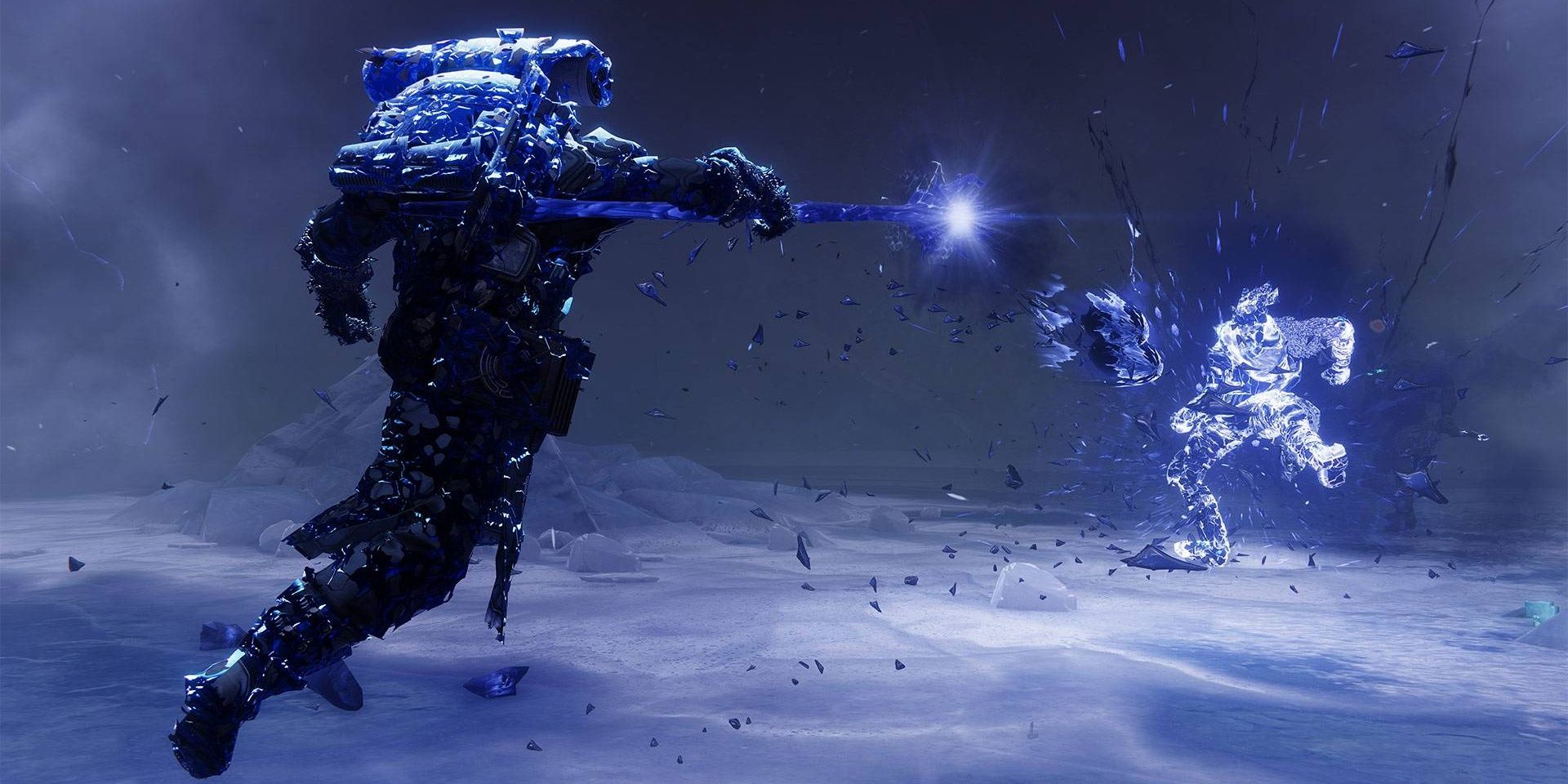
- Shoulder Charge no longer one-shots in PvP but is much more forgiving.
- This behavior can be brought back by using the Peregrine Greaves Exotic.
- Warlock melee now has the same range and recovery speed as Titan and Hunter melee.
- Diamond Lance is easier to spawn and grants three Fragment slots, from one.
- Rising Storm saw a 50% energy-gain nerf in PvP.
- This behavior can be brought back by using the Peregrine Greaves Exotic.
Return to Quick Links
Hunter Dodge Changes
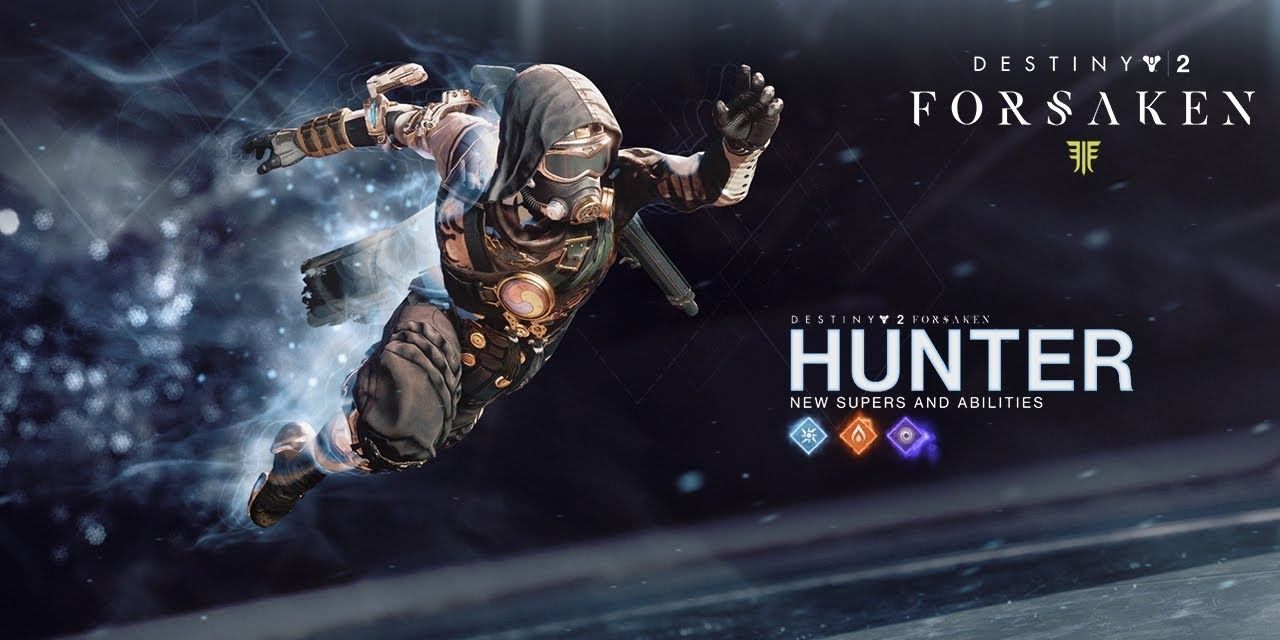
- Marksman’s Dodge now recharges in 14 seconds at T10 Mobility, from 11 seconds.
- Gambler’s Dodge now recharges in 18 seconds at T10 Mobility, from 11 seconds.
- Dodge no longer breaks projectile tracking.
- This nerf will be reverted in a future hotfix.
- This nerf will be reverted in a future hotfix.
Return to Quick Links
All Ability Cooldowns
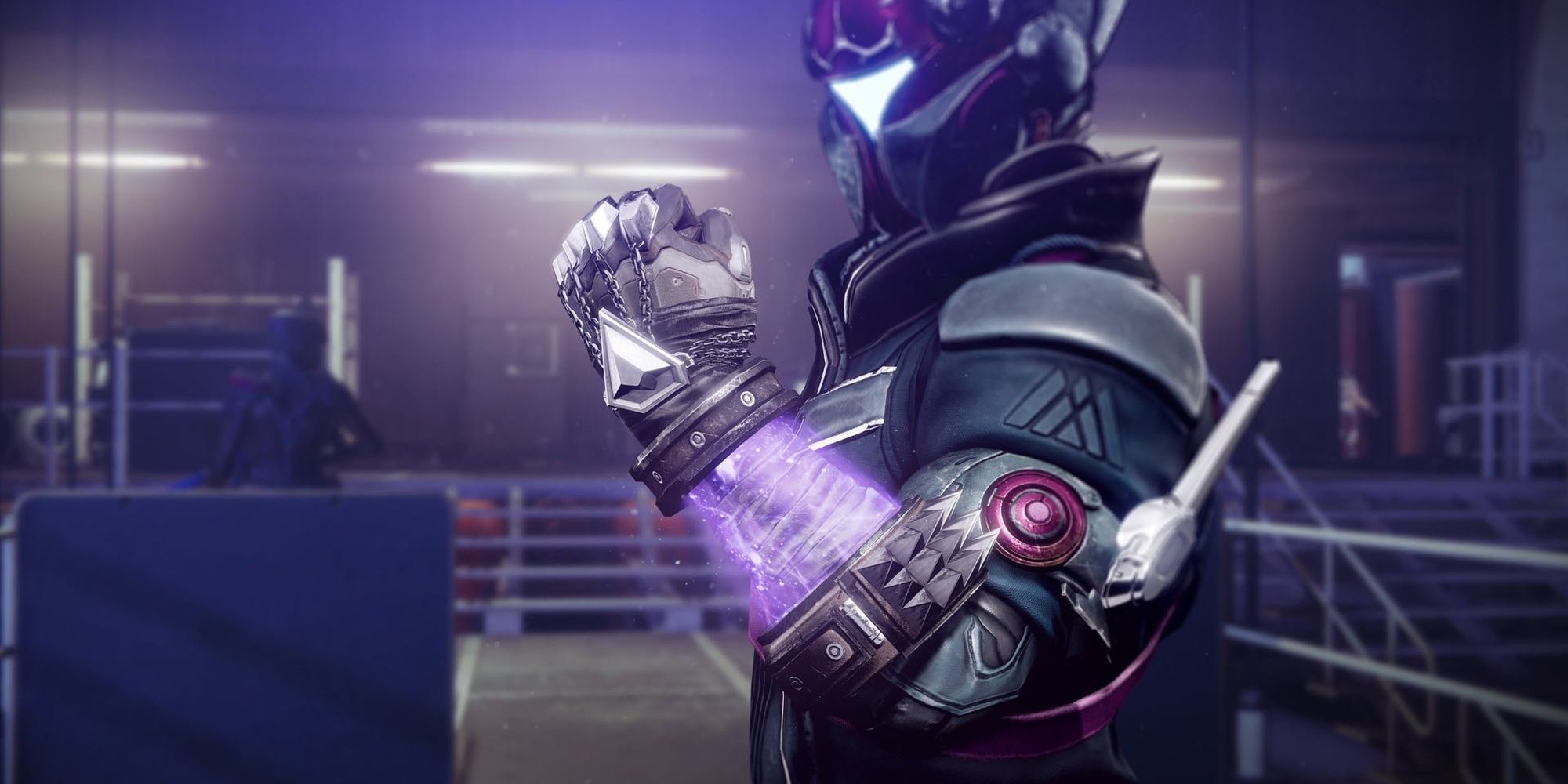
Grenade Cooldowns
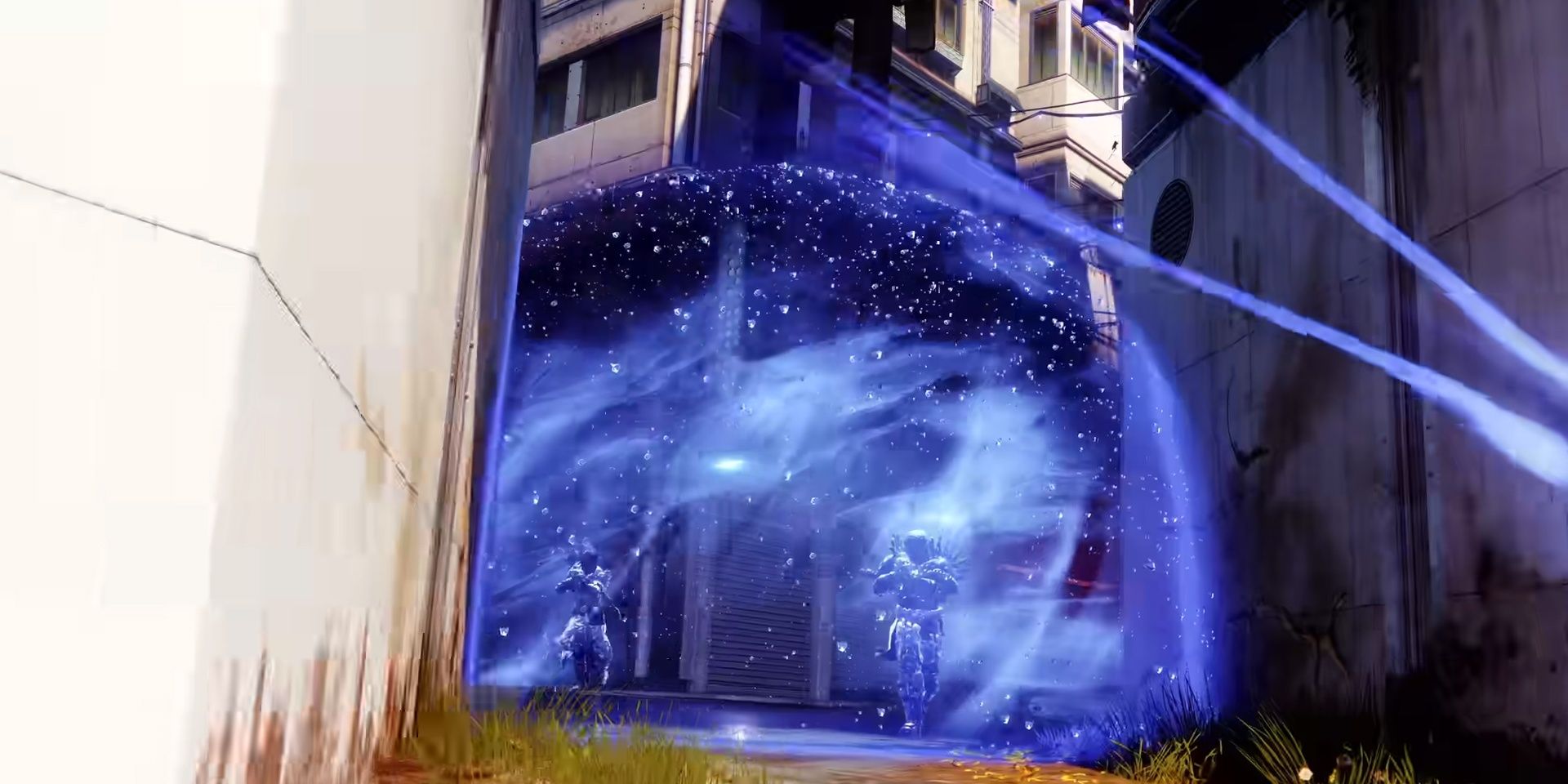
Return to Quick Links
Melee Cooldowns
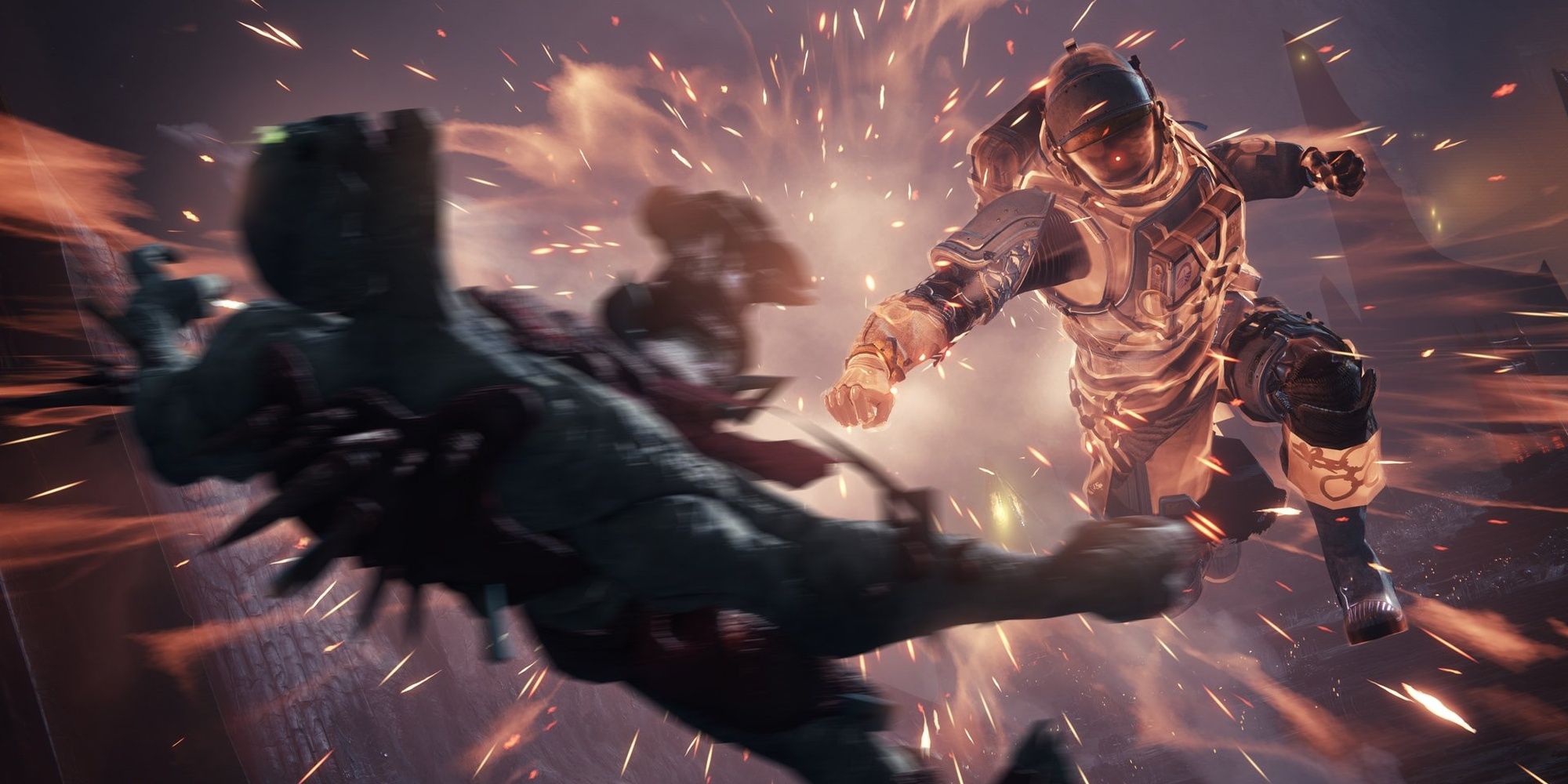
Return to Quick Links
Class Ability Cooldowns
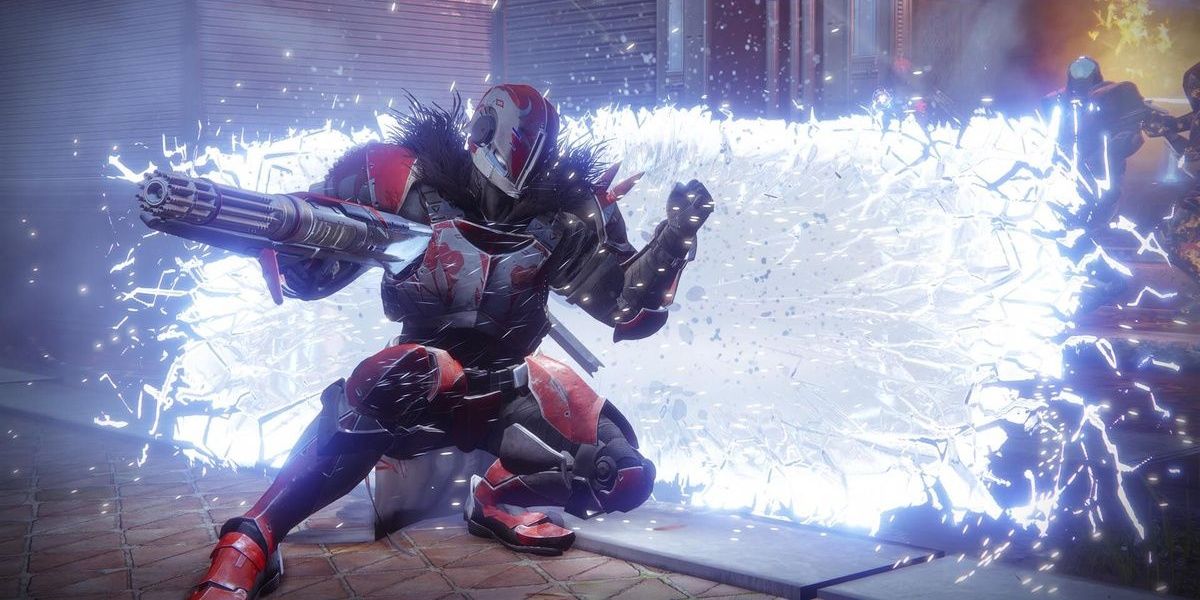
Return to Quick Links
All Super Cooldowns
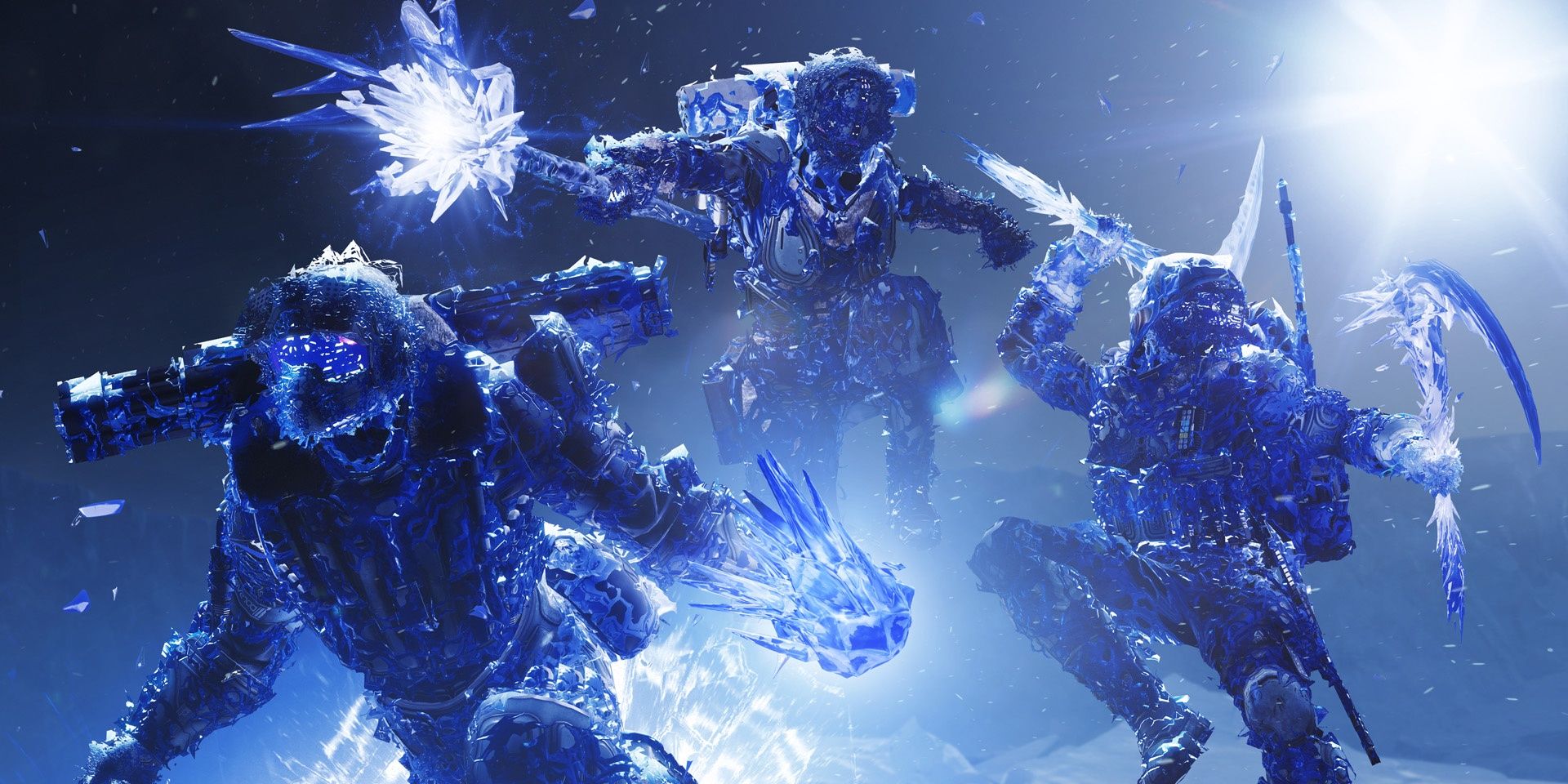
Supers are now divided into five different tiers. Each tier determines the Super’s base cooldown. This does not impact the Super energy gained from other sources; it only impacts the Super’s default cooldown.
Cooldowns for each Super are shown below. Tiers reflect what Bungie listed in the update 3.4.0 patch notes.
*In-game value that’s listed, despite it being inaccurate with the Super’s tier
Return to Quick Links
Link Source : https://www.thegamer.com/destiny-2-ability-changes-cooldowns-explained/
